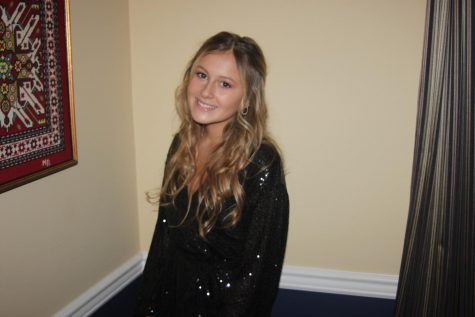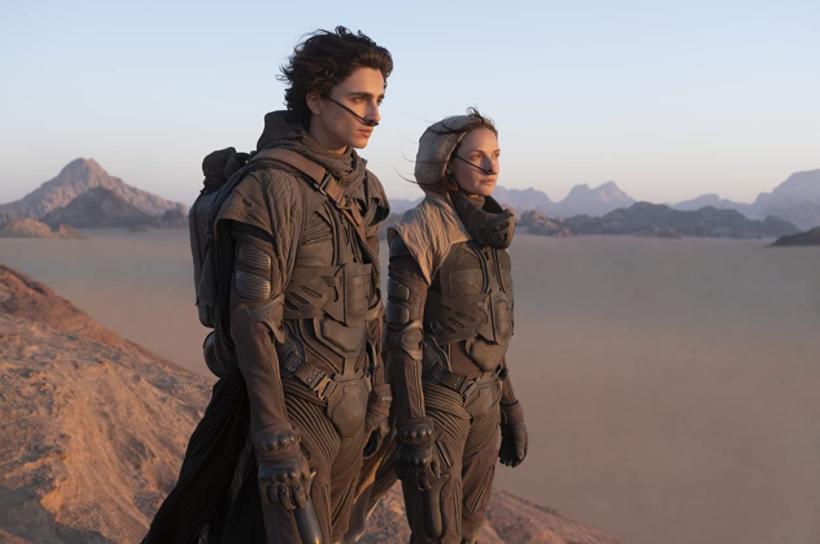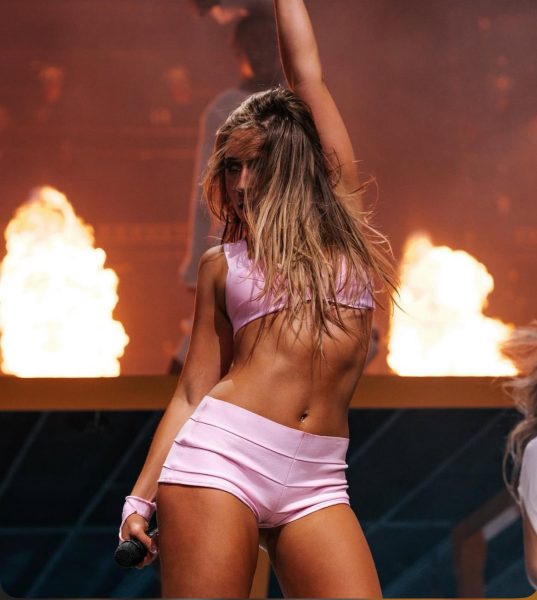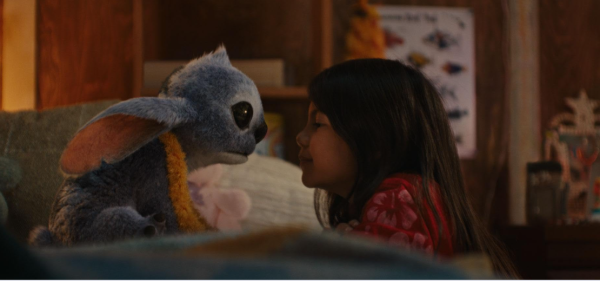REVIEW: Breathtaking visuals in ‘Dune’ fail to fully conceal its lack of sentiment
Spaceships, bald villains with pale white skin, a prophecy and a main character with mind powers. No, this isn’t Star Wars, it’s Denis Villeneuve’s adaptation of Frank Herbert’s novel “Dune.” Published in 1965, the science-fiction book follows Paul Atreides, the son of a Duke, in his attempt to find himself and who he wants to become. The story begins in the year 10,191, an unfathomable period.
The human race has left Earth and people are dispersed throughout the universe, all under the power of a single emperor. The most sought out substance is ‘spice’, found on the planet Arrakis. Filled with sand dunes, the Fremen people and colossal sandworms, the planet comes under the control of Paul’s father.
Herbert’s “Dune” has the basic structure of a coming-of-age story yet a complicated storyline and beautiful imagery. As a science-fiction novel, Herbert answers any questions on practicality that may arise.
Arrakis is a planet of extreme heat and a lack of water that make life sustainability challenging. This is combated by wearing a ‘stillsuit’, which recycles lost fluids in the body into drinkable water. The Fremen’s bright blue eyes are due to ‘spice’ consumption and they protect themselves from the sandworms by creating a specific walk that doesn’t create a rhythm.
As someone who dislikes a lack of accuracy and questions left unanswered in films and television, Villeneuve’s attention to detail proved to be extremely powerful. Not having to hear the response, “it is just a movie” to an arisen question or critique is something I praise immensely. The precision bred a greater understanding for me and higher regard for the film. As answers were explained I found myself consumed by the constructed ‘facts’ that the film presents.
In order to successfully depict such complexity, cinematography needed to play a substantial role; Villeneuve exceeded my expectations in this aspect.
The most distinguishing feature of “Dune” is its visual elements. They are absolutely beautiful in every aspect of every scene. From the simple manipulation of lighting at the cemetery to the attention to detail inside of the buildings, Villeneuve was successfully able to sift through the sand and put together a film that could be understood and engaging.
Combat goes back in time in this story, moving away from explosives and bullets back to swords and knives due to a shield that deflects fast-moving objects. Highlighting this concept as Paul trains for battle, the visuals kept me tilting my head. A pulsing blue light around the characters and the highlight of red when their bodies were in danger tell the story without the need for narration. The special effects and sounds are so incredibly realistic that words from the characters can be preserved for greater importance.
The camera work was unbelievable, with contrasting angles keeping me interested as I tried to grasp what was going on. This movie was extremely informative-based, as the narrative needed to be understood before it could incorporate the deeper ideas and relationships that demand to be explored. Villeneuve’s budget and his experience in his films such as “Arrival” provided him the device of compelling cinematography to hold attention.
The film left me completely immersed in the screen, finding myself sitting out of my seat as I sped through the thin dragonfly-like wings on the ornithopters and almost wincing as the hunter-seeker sped right towards my face.
But I still found myself digging through the sand for something more.
The casting choice of Timothée Chalamet for the main character Paul Atreides was an incredible one. His ability to captivate drastically different roles like in “King” and “Little Women” make possibilities endless. But the most efficacious aspect of his talents is his ability to display the emotions of the characters he portrays, the same emotion that Dune is lacking. In “Beautiful Boy”, the most heart-wrenching scenes were Chalamet’s breakdowns as character Nic Sheff, a drug addict struggling to discover who he was before he was taken over by his addiction.
But the only truly emotion-inducing scene in this film was Paul’s mental collapse with his mother Lady Jessica. Chalamet embodied every aspect of a young teenage boy no longer able to ignore the anger and heartbreak that had been building up inside of him. The breakdown provided a glimpse of what I had been grasping for, some sort of personal connection to the main character. I found every sensation that Paul was experiencing boil up inside of me as if I was the one crying out. This scene demonstrates the best aspect of a film, raw emotion.
Yet the full-body chills I had undergone also exposed the lack of it in the rest of the two hours and thirty-five minutes.
Though 20,000 into the future, fifteen-year-old boys are still fifteen-year-old boys, and Paul expressing his emotions throughout the film would have been inaccurate. But expressions and intimate scenes would have personified the character. I would view him in a greater sense, rather than a mysterious placeholder that gave the visuals greater meaning.
With a detachment from “Lucas Films” by avoiding humor, an emotional aspect would have given more to hold onto, more to relate to.
Frank Herbert’s novel includes a complicated storyline with obscure languages and outlandish names for, well everything. This was the first of a trilogy and the necessity of keeping the audience from utter confusion may have prompted Villeneuve’s choices. Focusing less on digging deeper into the characters and more on the physical storyline may have been the overall best choice. But with the sequel confirmed, I beg, please don’t leave me parched without a stillsuit!









